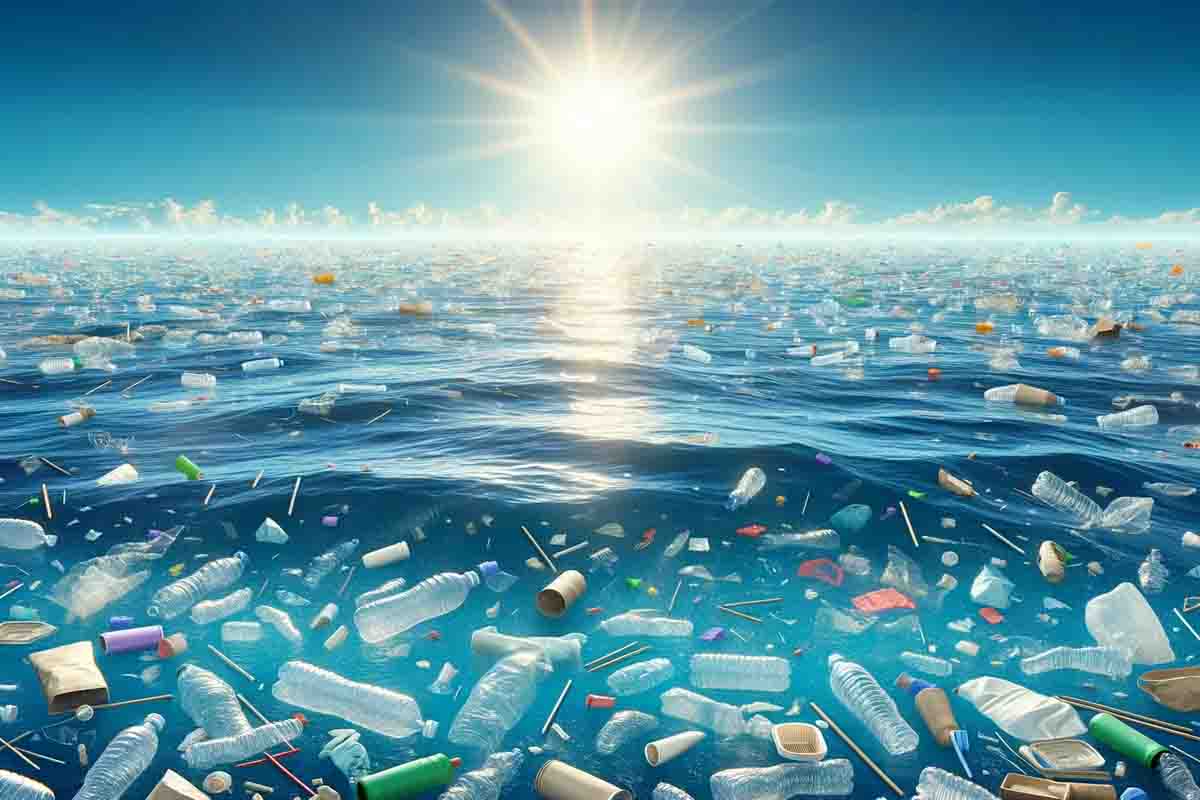Davines tackles plastic pollution and water waste with a global, measurable campaign in partnership with Plastic Bank—proving real impact is possible.

Plastic pollution and irresponsible water management are among the most pressing environmental issues of our time. Addressing them requires not just lofty declarations, but tangible, innovative action. Some companies have decided not to stay on the sidelines—and one of them is Davines, an Italian cosmetics brand that’s leading by example.
With its “Ocean Keeper” campaign, Davines has joined forces with Plastic Bank, a social enterprise born to tackle the global plastic waste crisis. Their alliance is more than symbolic—it’s a commitment with measurable impact, aiming to demonstrate what a corporate sustainability initiative can actually look like when it moves beyond marketing.
Designing sustainability from the ground up
Davines’ sustainability efforts begin long before a product hits the shelves. The company has adopted an eco-design philosophy for its packaging, focusing on reducing materials, simplifying recycling, and choosing recycled or renewable resources wherever possible. It’s a strategy that addresses the problem at its source—before plastic even has a chance to enter the waste stream.
A cornerstone of this broader vision is the partnership with Plastic Bank. Since 2021, this collaboration has led to the recovery of plastic waste from critical areas such as Indonesia, the Philippines, Brazil, and, more recently, Thailand. In 2024 alone, 866 metric tons (approximately 955 US tons) of plastic were removed from the environment. That brings the four-year total to over 2,568 metric tons (2,831 US tons).
In 2022, Davines made a bold pledge: to remove from the environment the same amount of plastic it places on the market through its product packaging. It’s a 1:1 ratio—every ounce of plastic sold, another is pulled from the environment. And it’s not just about clean-up; the collected plastic is reintroduced into the supply chain, turning waste into resource through a true circular economy model.
As Davide Bollati, President of Davines, puts it:
“L’apporto cruciale che il nostro dipartimento di Ricerca & Innovazione può dare nello studio e creazione di packaging dal ridotto impatto ambientale deve necessariamente accompagnarsi a progetti come quello in collaborazione con Plastic Bank, che ci permette di supportare la rimozione dall’ambiente dell’equivalente della quantità di plastica derivante dalle vendite dei nostri prodotti. Questo è un tassello importante del nostro impegno concreto, anche al di fuori della nostra value chain.”
From water usage to coastal protection
Davines’ environmental commitment doesn’t stop at plastic. At the company’s headquarters—Davines Village, a production hub near Parma—there are concrete goals in place for water conservation. By 2030, the company aims to cut total water consumption by 50% compared to 2023 levels, and to reduce water use per ton of product by 75%.
It’s a bold target, but Davines isn’t working in isolation. Through the Ocean Keeper campaign, its global network of affiliates and partners regularly organize beach cleanups and educational events. These aren’t just PR moves—they’re part of a broader mission to foster environmentally conscious behaviors worldwide.
In Italy, this mission takes the form of a partnership with Sea Shepherd, under the campaign Tuteliamo il Mare (“Let’s Protect the Sea”). The goal is clear: to clear Italian seas of plastic, ropes, and abandoned fishing nets, while also advocating for the expansion of marine protected areas.
This year, efforts are concentrated in the Gulf of Naples, in the waters between the Regno di Nettuno and Punta Campanella marine reserves. The hope is that through continued engagement, this protected zone will soon be extended—one more sign that corporate responsibility can ripple into policy and preservation.
a model for measurable impact
The approach taken by Davines and Plastic Bank is far from superficial. It’s a holistic model, where sustainability is embedded at every level—from research and packaging to community engagement and ecosystem health.
And while sustainability can often feel abstract, this partnership shows it doesn’t have to be. When companies treat the planet not as a branding opportunity but as a shared responsibility, the results can be measured in tons of waste recovered, liters of water saved, and—perhaps most importantly—inspired people.
